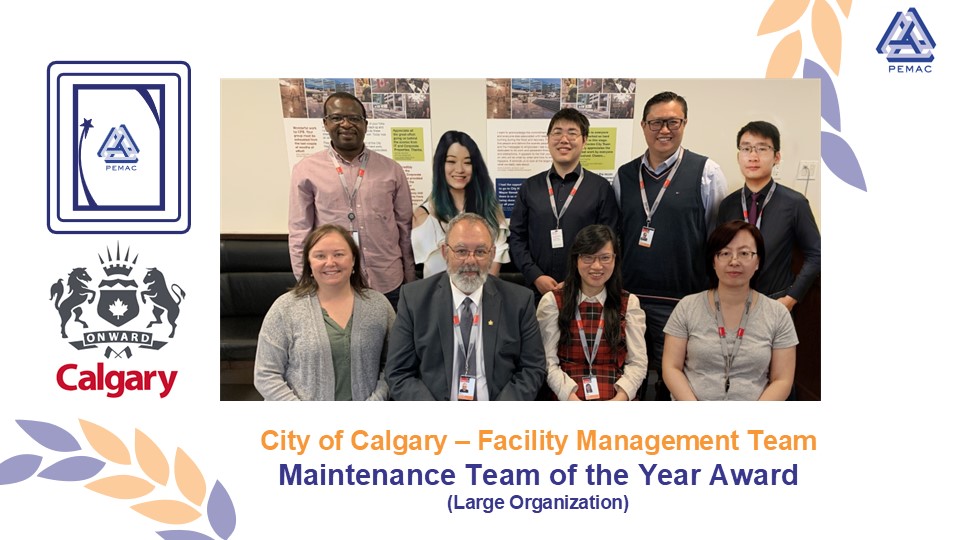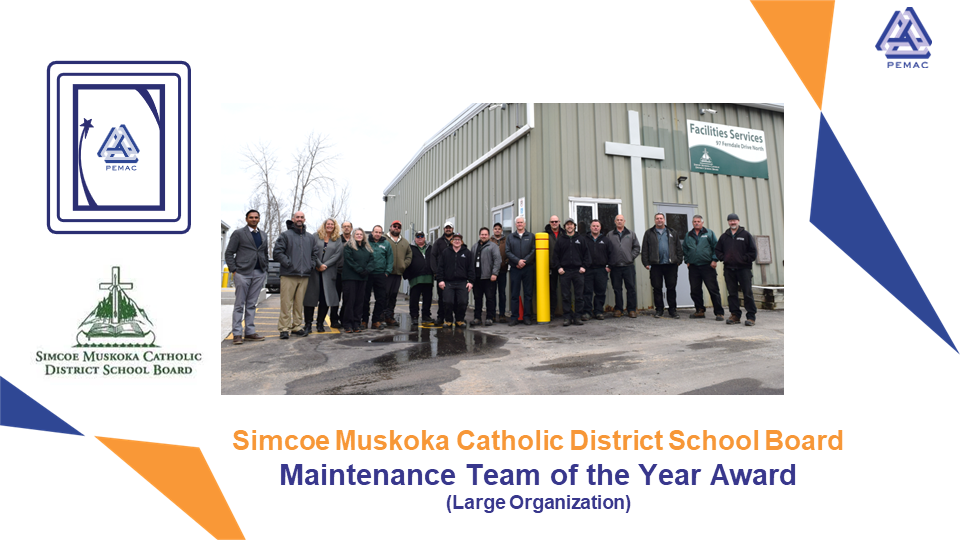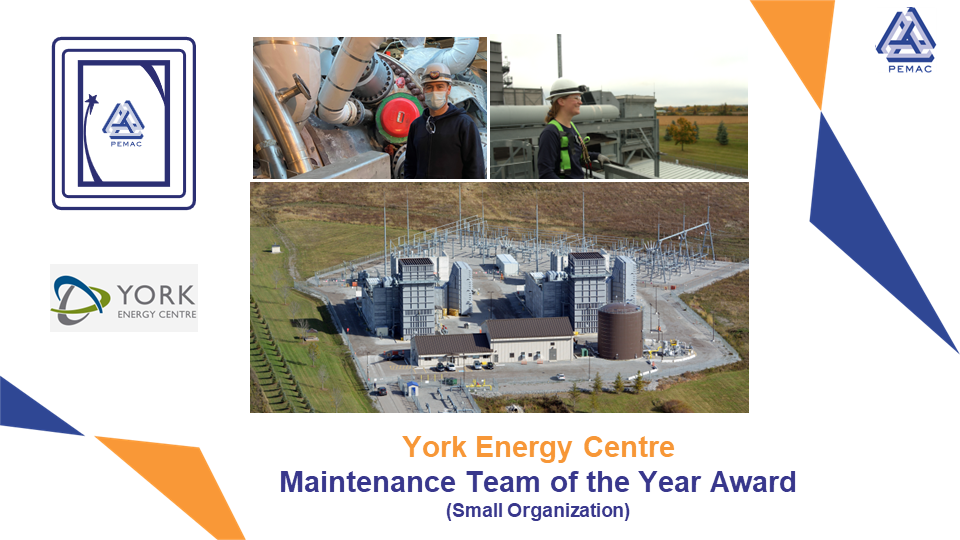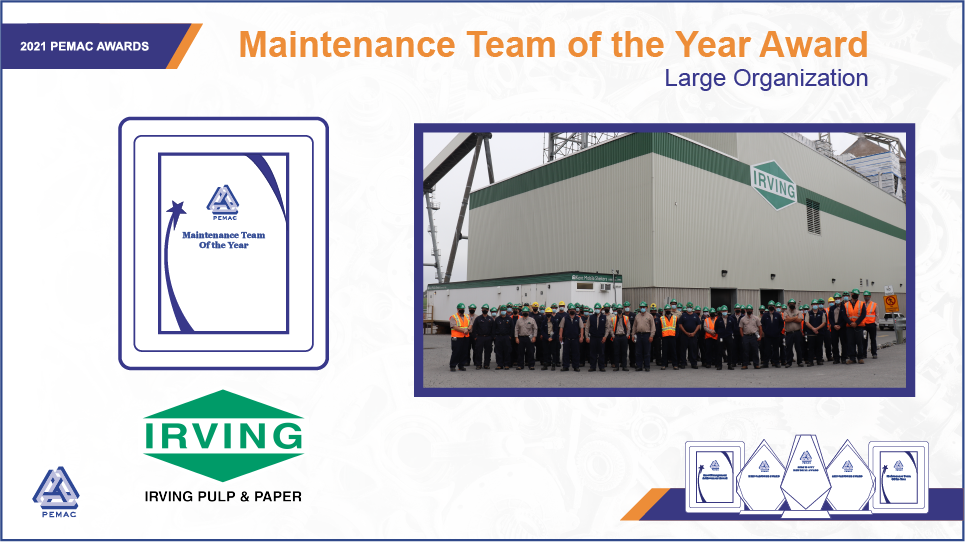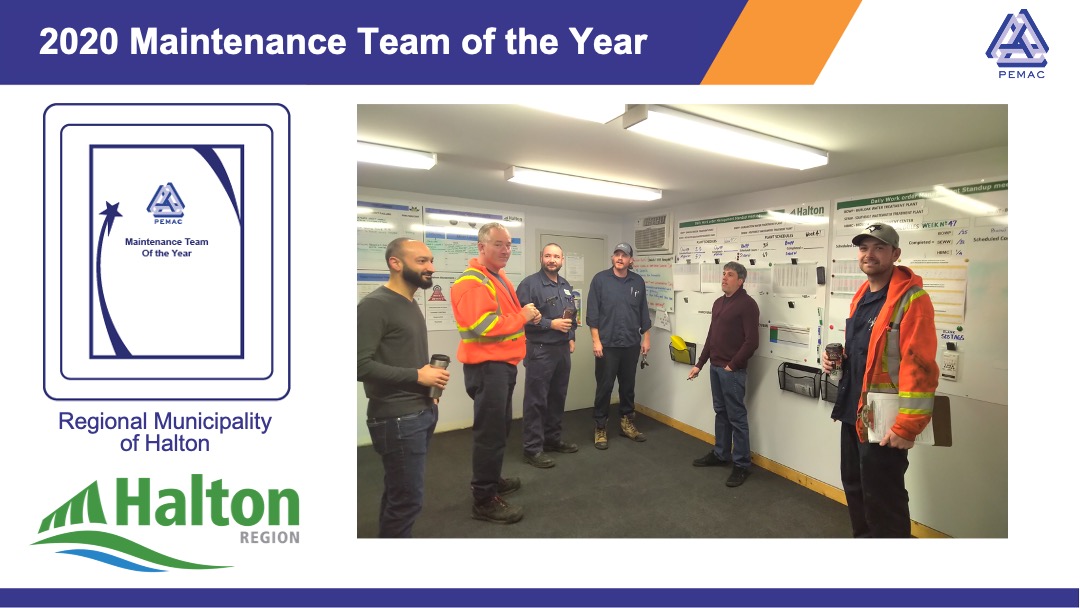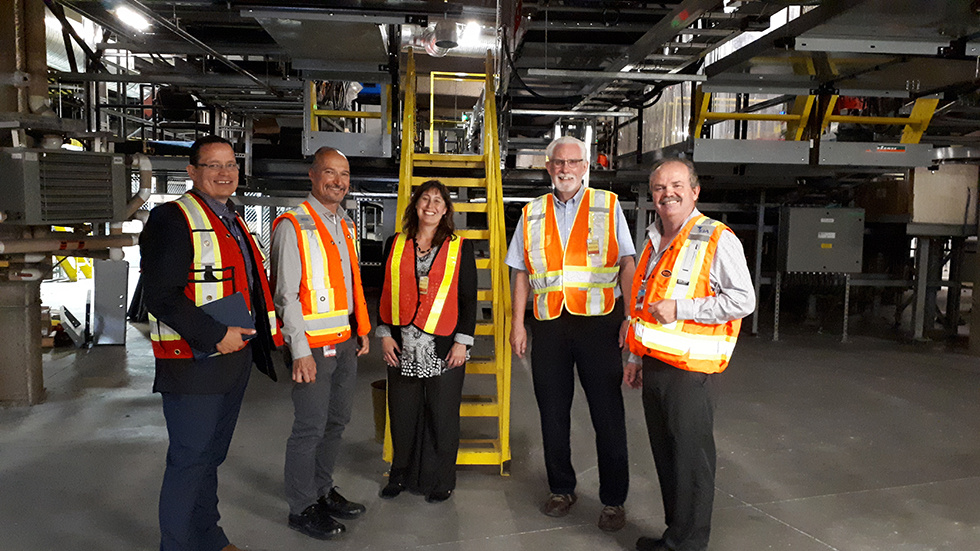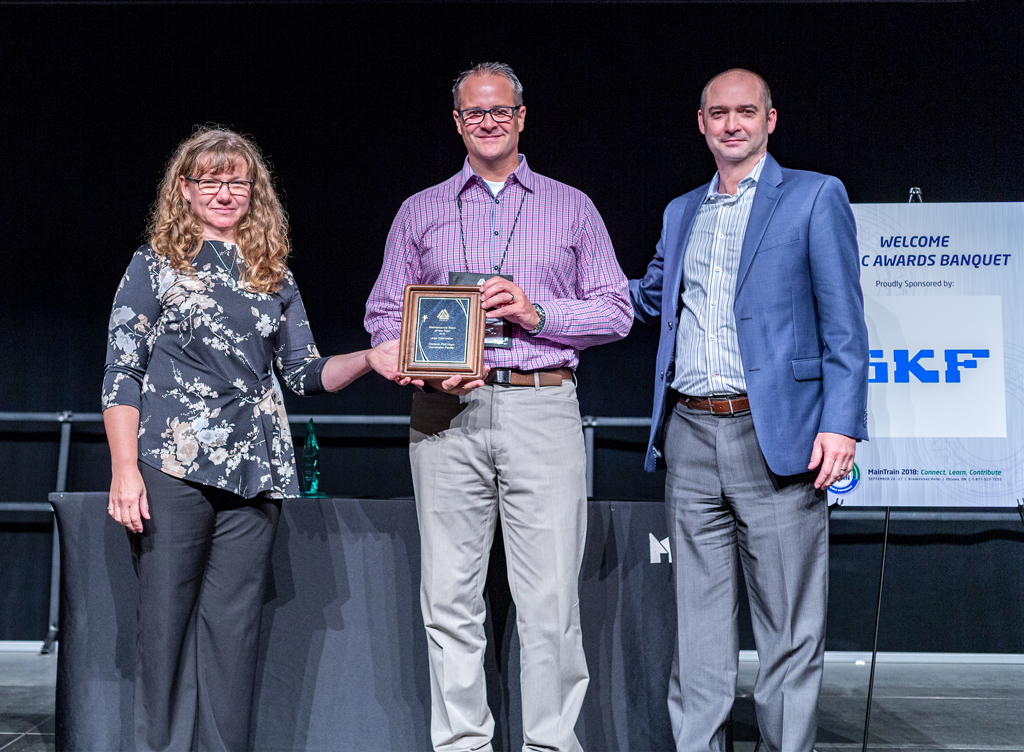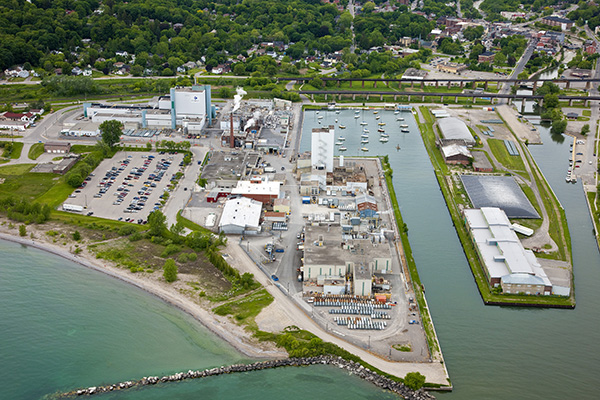Qualifying Teams
- Have sustained high performance -or- has initiated work on a maintenance improvement plan which is on schedule -or-has reorganized for effectiveness and efficiency -or- has developed and is implementing a training and development plan, AND
- Have established control over frequent breakdowns and reactive maintenance by employing such tactics as planning and scheduling, materials control, preventive/predictive maintenance, performance measures and information systems. This plant maintenance is well out of the fire-fighting / reactive mode, AND
- Have initiated a continuous improvement process in maintenance, such as TPM, RCFA, RCM, and/or operator involvement (autonomous maintenance / 5S), AND
- Have improved administrative or workflow management processes to reduce costs, improve service, save time or enhance the quality of work done, AND
- Can provide an in-house survey of plant performance using the “Uptime Excellence Grid” with all scores at or above “Understanding” and at least 3 scores of “Competence” or higher.
Why "Large Organization" & "Small Organization"?
Large and small organizations are fundamentally different and it would be difficult to compare teams fairly across a certain breakpoint. Small teams can make decisions and implement more quickly. They can also function on a very informal basis and still get things done. Adding bureaucracy and formality to how they operate can slow them down. On the other hand, when an organization reaches a certain size more formality is required for smooth functioning.
Definition of "Small Organization"
A team will be considered for the Small Organization Award if their organization has 150 employees or less.
Definition of "Large Organization"
A team will be considered for the Large Organization Award if their organization has more than 150 employees.



